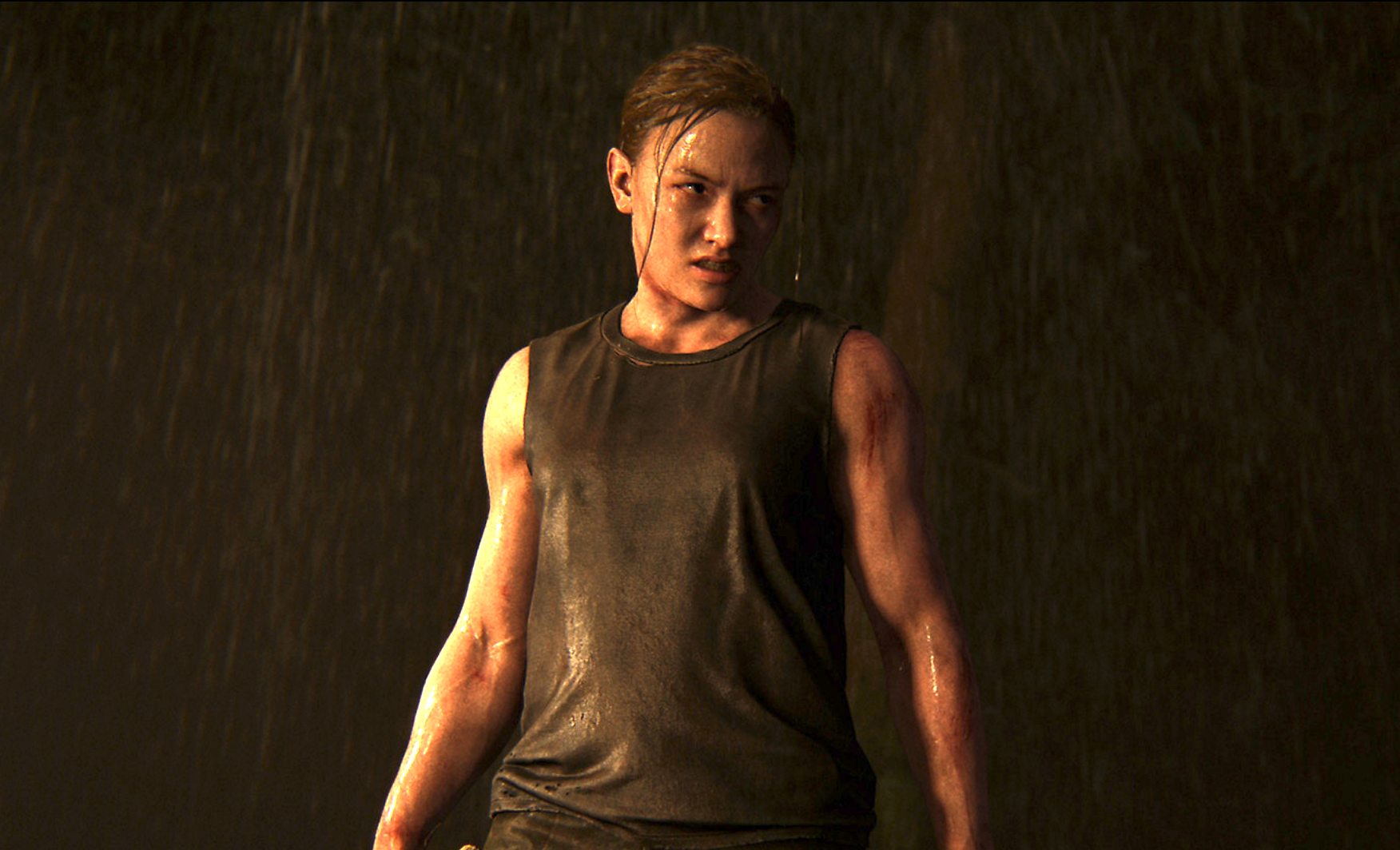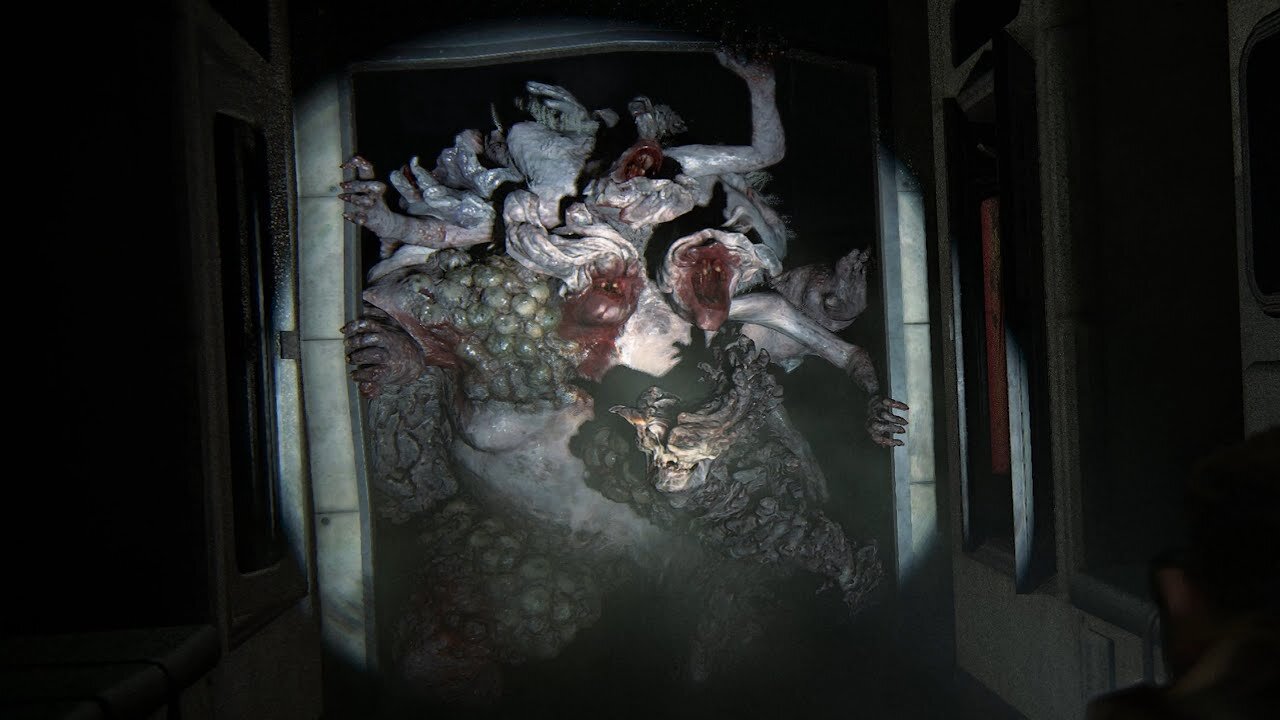Oliver Barsby and Why The Last of Us Part II was Game of The Year for a Reason You Might Not Expect | Winter Spectacular 2020
*Full Spoilers Ahead*
Abby does win the 2020 award for Least Controversial New Character…
In September 2019, Naughty Dog published a Release Date Reveal Trailer for The Last of Us: Part II – a game that had previously been shrouded in secrecy. The sequel would see players returning to a post-apocalyptic world in which the population has been decimated by a deadly infection, a popular culture trope that by the end of 2019 had started to feel pretty worn out.
By the time Sony released The Last of Us: Part II’s State of Play video in May 2020, a lot had changed. COVID-19 had transformed life across the globe, placing restrictions on movement, gatherings, and other liberties we had previously taken for granted. Suddenly, that deadly virus trope was no longer tired, it was just sort of… life.
The Last of Us: Part II had already seen a tumultuous development period even before the pandemic began. With frequent reports of poor working conditions and crunching, combined with haphazard delays and leaks ahead of launch, the hype for the game was certainly more muted than you would have expected for the sequel to one of the highest-rated games of all time.
Then came the 19th of June 2020.
The Last of Us: Part II’s launch marked a period within gaming more divisive than usual. Small, but vocal minorities from the anti-PlayStation and anti-progressive sections of the gaming community attacked Naughty Dog’s sequel, review-bombing the game on Metacritic so heavily it prompted Metacritic to change how it allows users to score games. Creating a situation where legitimate issues raised with the game had to contend with violent vitriol and rampant bigotry. This led to many fervently defending every aspect of the game and coming off poorly too, while many others gave the game praise for its narrative structure, gameplay and graphical fidelity – I was among this final group.
This doesn’t end well for one of these people.
The weeks following its launch were pretty brutal. Countless video essays spanning multiple hours were created devoted to Naughty Dog’s decisions to kill Joel, to make players into playing as Abby, and to leave the ending so open to interpretation. All of this makes for an interesting watch, but I won’t be discussing the storyline here – you can go watch those videos, and I have essay deadlines to meet.
Instead, I want to focus on the most overlooked aspect of The Last of Us: Part II – its gameplay.
In preparing for The Last of Us: Part II’s launch, I revisited the original game. While yes, the storyline is still as profound as ever, its gameplay is pretty bog-standard, even for a game released in 2011. It was PS3/Xbox 360-era cover shooting at it most polished, but it was still just that, simple cover shooting.
The Last of Us: Part II has offered such an improvement on its predecessor that it is a travesty so many have overlooked it already.
With the PlayStation 5 releasing just months after TLOU2, it’s easy to forget that this game was released on a console that launched in 2013. Even with the PS5 now available, The Last of Us: Part II is still the best-looking game I’ve ever played, and I’d argue its gameplay keeps pace.
Killing in both video games and film is too often reduced to a rag-doll effect, in that bodies simply fall on the floor and characters move on, undeterred. In some part, this is done to appease the crowd who criticise the over-exposure of the youth to violence, but it can often lead to further desensitization when it all becomes banal. TLOU2 does not take this path. Gunshots echo and ping with frightening realism while baseball bats crack bone with brutal efficiency. Every kill is painstakingly brutal - designed to translate Ellie’s pain at Joel’s death into a visible output. The gruesome portrayal of violence paints a raw look at life in The Last of Us’ universe, going beyond the ‘violence is bad, and you should feel bad’ message some have reduced TLOU2’s gameplay to, and instead emphasising that these killings cannot be seen in a whitewashed way that franchises such as Call of Duty and even Star Wars often portray them as being.
This is not to say the game is just a depressing, harrowing experience. For while Neil Druckmann may refuse to use the word ‘fun’ in describing The Last of Us: Part II, I will. The Last of Us: Part II is a fun game. It is packed with memorable, entertaining gameplay sequences that now, even after playing through a lot of other games in 2020 are still at the forefront of my mind six months after TLOU2’s release. Ghost of Tsushima, Spider-Man: Miles Morales, Final Fantasy VII Remake and Watch Dogs Legion all have some great set-pieces but TLOU2 is where the most feels like it is at stake.
I can split these moments up into two sections: those filled with tension and horror, and those with destruction and chaos.
As you’d expect, the moments of horror are frequently tailored around the Infected. Take Abby’s section in the skyscraper, for example. In descending the building, you will be constantly in a state of dread, waiting to hear the sound of a clicker, or being grabbed by a stalker who has grown attached to the walls. You promise yourself you’ll be ready the next time you come across an infected, but nothing really prepares you for that moment a clicker notices you and comes hurtling towards you, followed by a huge bloater.
I Googled it, I knew what it was and I still Googled it. Well I didn’t really want to sleep anyway.
The horror reaches its peak with the Rat King. In searching for supplies at the Hospital, Abby stumbles into Ground Zero - an area left untouched since the outbreak began. As you progress through the area, you will hear the loud noises and movements of an unknown infected type, filling you with impending dread of what comes next. And not to disappoint, the terrifying conglomeration of infected known as the Rat King (Tip: do not Google ‘Rat King’) will break through an ambulance, triggering an intense chase/fight sequence that will leave even the most dedicated horror game veterans pretty shaken.
Then, there are those moments of chaos, displayed perfectly during Abby’s section on Seraphite Island. While stealth gameplay is a huge part of what makes The Last of Us: Part II so enjoyable to play, these abrupt moments of chaos that frequently break out have stayed with me. Naughty Dog knows how to make unforgettable gameplay sequences as if they were ripped from a film, and the escape from Seraphite Island encapsulates this. As you ride a stolen horse through a burning collection of buildings now reduced to rubble, with the Seraphites and Washington Liberation Front engaged in an all-out war, the destruction and disarray that exists in this anarchic future becomes painfully clear. All culminating in a horrific one-on-one fight against a huge Seraphite fighter with a sledgehammer which becomes so brutal and so drawn out I found myself wishing it would end.
It was these gameplay moments that place The Last of Us: Part II alongside my all-time favourite games and indicate to me why it should probably win Game of the Year. Do I think it will? Probably not. The divisiveness and criticism of the story has infected the narrative around The Last of Us: Part II to the point where it could be pipped by the safer choice – Ghost of Tsushima. But in focusing too much on the narrative of TLOU2, we have forgotten the most crucial element that makes a video game work as, well a video game – the gameplay.
Kinda had to take a break from the game after this sequence not going to lie.










